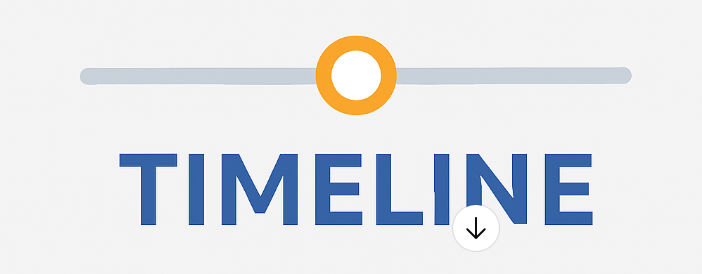Budidaya udang vanname PEMBESARAN UDANG VANNAMEI PADA BERBAGAI SISTEM AKUAKULTUR : TELAAH PUSTAKA
DOI:
https://doi.org/10.29303/jfn.v2i1.1130Kata Kunci:
Udang Vaname, Biofloks, Running water system, Resilkulation aquaculture system, PembesaranAbstrak
Budidaya udang vannamei sudah dilaksanakan cukup lama di Indonesia, semakin kemajuan ilmu budidaya pembesaran udang vannamei memiliki perkembangan yang sangat pesat. Tujuan utama dari perkembangan untuk udang vannamei adalah tingkat produksi yang tinggi. Beberapa system budidaya udang yang sedang berkambang adalah. Sistem menggunakan biofloks, running water system (RWS) dan resikulation aquaculture system. Sistem budidaya udang vannamei dengan metode biofloks dapat diartikan sebagai bahan organik yang hidup dan menyatu menjadi gumpalan-gumpalan. Gumpalan tersebut terdiri dari berbagai mikroorganisme air termasuk bakteri, algae, fungi, protozoa, metazoa, rotifera, nematoda, gastrotricha dan organisme lain yang tersuspensi dengan detritus sehingga floks dalam udang bisa dimanfaatkan untuk pakan. Sementara Running water system pergerakan air yang diperlukan untuk menjaga partikel dalam suspensi. Jika partikel bioflok mengendap, kantong lumpur anaerobik sering terbentuk yang dapat melepaskan amonia atau sulfida; sulfida dapat langsung menjadi racun bagi hewan dan dapat menghambat nitrifikasi, sehingga menyebabkan peningkatan lebih lanjut senyawa nitrogen beracun. Resikulation aquaculture system merupakan sistem pembesaran udang dengan menggunakan metode resikulasi tanpa adanya ganti air dimana air limbah dikelola dengan beberapa filter. Sistem RWS (running water system) dimana memiliki kelebihan yaitu dengan pergerakan sistem air memudahkan untuk mengumpulkan zat hara sehingga mudah untuk dibuang dan dikontrol. Proses keutungan yang kedua yaitu memudahkan dalam nitrifikasi dan dan dengan hasil padat tebar 750.000m2, berat Awal 3,2 gram, berat akhir 11,4 gram, berat harian g/hari 0,745, total pakan 7450 dan survival rate 85%, food convertion ratio 1,11







